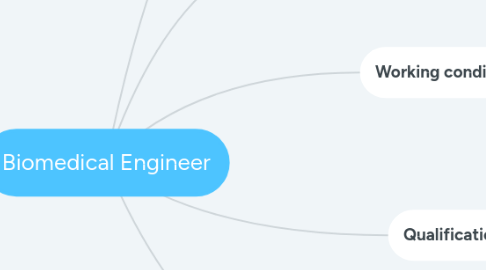Biomedical Engineer
저자: Rajiv Prasad


1. Duties and responsibilities
1.1. Design prosthetics and systems (artificial internal organs, equipment for diagnosing medical problems, etc.)
1.2. Evaluate safety, efficiency, and effectiveness of biomedical equipment
1.3. Set up, adjust, maintain, repair, or give technical support for biomedical equipment
2. Qualifications
2.1. Bachelor’s degree in biomedical engineering from an accredited program
2.2. Alternative option: bachelor’s degree in a different field of engineering and then either get a graduate degree in biomedical engineering or get on-the-job training in biomedical engineering.
2.3. High school courses - chemistry, physics, and biology. They should also take math courses, including calculus
3. Working conditions
3.1. Some work in hospitals - hands on
3.1.1. More hands on - opportunity to meet patients do actual work
3.2. Others work in laboratories - development of equipment
3.2.1. Get opportunity to design actual equipment - more collaboration with other scientists/doctors

